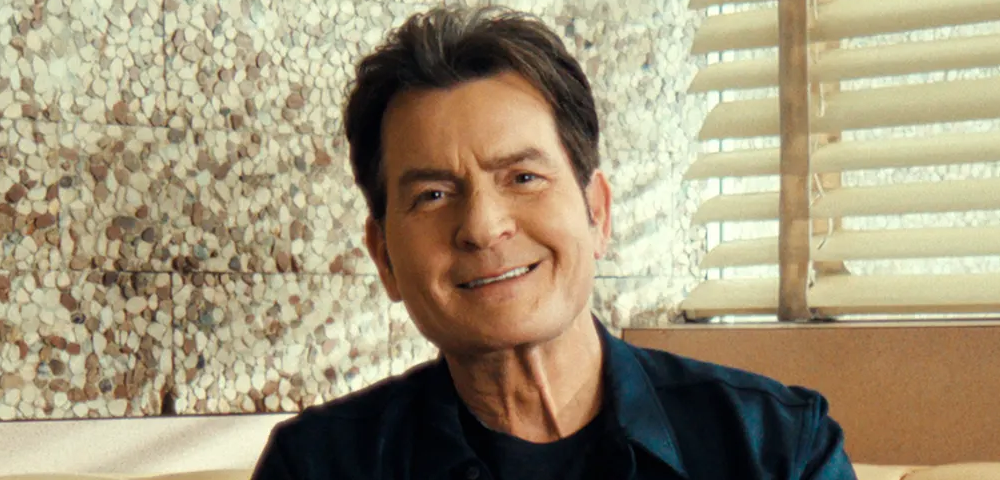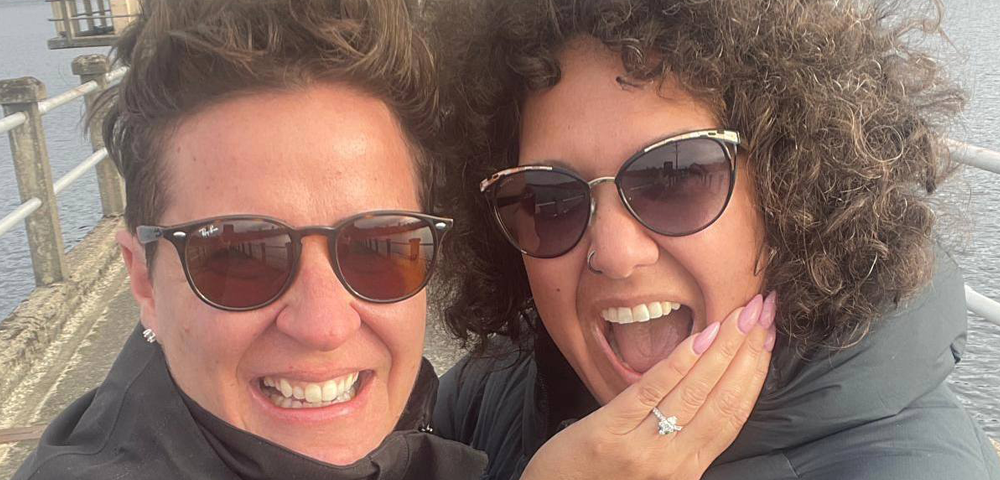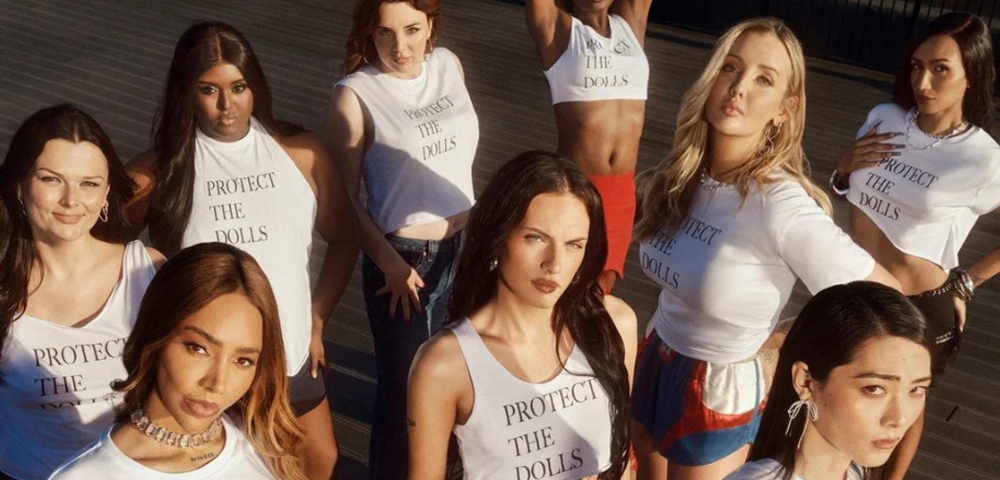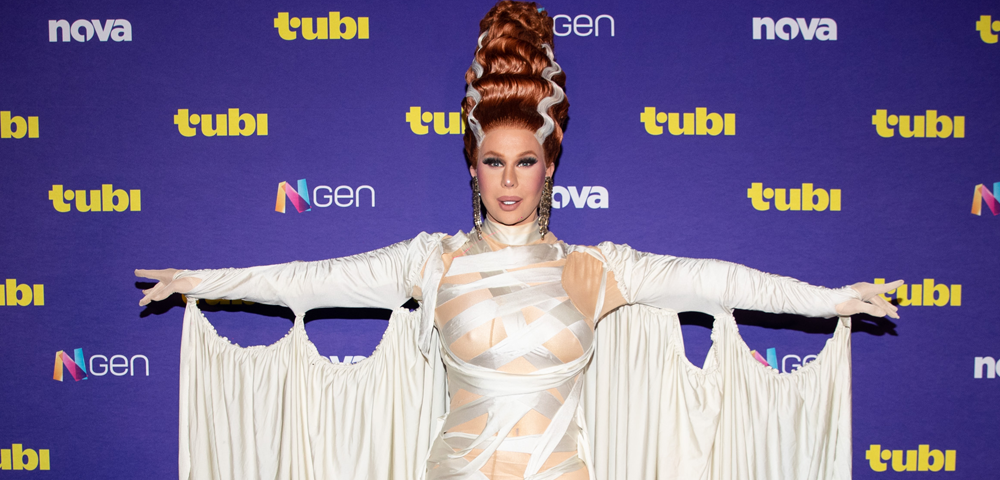
Pride In Defence
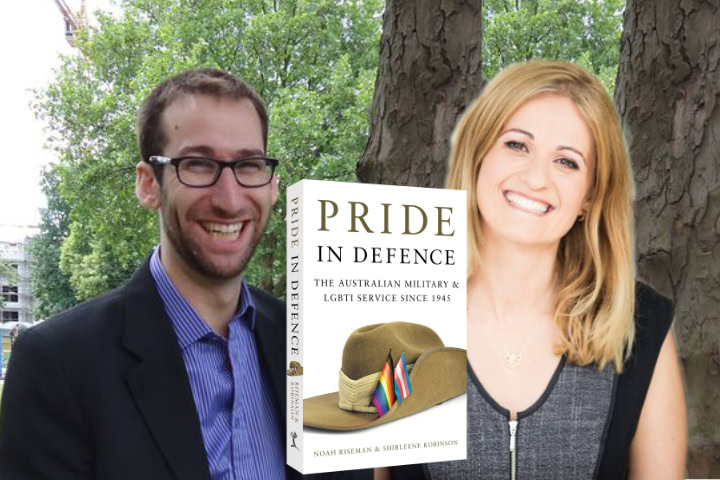
Officially, LGB people were banned from serving in the ADF until November 1992. The ban on transgender service lasted even longer, until September 2010. Intersex people have had to fight for visibility, with the silence surrounding their service only now being broken. Yet, while the ADF might have tried to keep LGBTI people out of the military, they have always been there. For most of Australia’s military history, they were forced to hide who they were, facing discharge if their sexuality or gender identity was exposed.
The history of LGBTI service is one of determined courage and selflessness. Those who enlisted before they were legally permitted to do so performed their duty as required, making the many sacrifices that are necessary for life in the military – spending time away from friends and families, and forsaking the comforts taken for granted by most civilians. Most importantly, all made the sacred and firm commitment to defend Australia with their lives. Despite all of this, for most of the period covered in this book, simply being who they were was enough to see them discharged from the ADF. The legacy of being forced out of the military remains with many LGBTI veterans today.
Despite obstacles, silences and persecution, LGB men and women in the services found each other. Indeed, a vibrant lesbian subculture thrived in the post-war women’s services. The broader sweeping social change that took place in the 1970s also affected LGB people in the military. In the 1970s, gay and lesbian activists sporadically challenged the ban on LGB service. By the 1980s, LGB service members were daring to challenge the status quo. In 1992 politicians finally saw the merits of change and removed the LGB ban. In the aftermath of the ban being lifted, many LGB personnel remained closeted for fear of persecution. Others came out to varying responses and challenged the discriminatory policies that still existed. Real reform was achieved in December 2005 with the recognition of same-sex couples.
This book has shared the stories of individuals who were deeply courageous, not just because of their military service but also because they served, knowing that they were still not considered equal. Victimisation and prejudice have marred the experience of the ADF for far too many LGBTI people. However, the history of the ADF is one that also inspires hope. Today, LGBTI personnel can march proudly in uniform at Mardi Gras, the largest LGBTI event in Australia. This transformation must appear almost unimaginable to past generations of LGBTI service personnel. Yet it has shown that real change is possible and that when difference is accepted, institutions – and societies – thrive. LGBTI Defence members have always served. Now they can serve openly, with pride in who they are, knowing that they are part of many generations of LGBTI service personnel who have strengthened the ADF.






